Arts and crafts, feminism and class
I remember reading an opinion piece in some Swedish newspaper or magazine (can’t remember where or by whom) where the author was venting her frustration about the recent popularity among female hipsters of “bourgeois”, “traditionally feminine” activities: various forms of handicraft. She thought young women shouldn’t sit at home and sew, when they could go out and party and “learn to live”.
Now, I’m not sure if talking bullshit, drinking alcohol and having one night stands really teaches you so much more about life than the experience of making something with your own hands. To each their own, I guess. I’m not saying partying is bad, I’m just saying it isn’t necessarily better than handicraft. :o)
About the “bourgeois” thing:
My mother, genuine working class from Tampere, Finland, is a textile artist and book binder. (Actually she is unemployed or a minimum wage worker and an artisan in her free time.) As a teenager she made almost all her clothes herself. On a Saturday, she would get some fabric, rush to make a new, cool dress on her mum’s Tikka treadle sewing machine, and finish it just in time before putting on makeup for an hour and going to the disco in the evening.
My grandma also made lots of clothes on that sewing machine. It was all essentially about saving money — fabric was cheaper than factory-made clothes. By making their own clothes, they could look fabulous even if they were poor.
I do exactly the same: except for underwear, I never buy new clothes. I either thrift, or I make them myself. Not because I want to be “hip” or “different”, but because buying new clothes is way outside my budget — I make, on average, about 400 € a month. (But perhaps the author of that opinion article doesn’t know what that’s like.)
As for my skills, even though my mum is proficient in many forms of textile art, I pretty much refused to learn anything from her :op … But then I learned basic sewing and knitting in school. I learned basic carpentry, too. That was because the government gave funds to the schools so that all children could have the chance to learn basic arts and crafts skills. And since mum had a sewing machine and carpentry tools, and there was money to be saved in doing it, I took those skills home and made clothes for myself and helped mum build stuff and do small repairs on the house.
I know that bourgeois women in the olden days were supposed to be skillful in embroidery and shit, and stay home and sew instead of having adventures, but that’s not where I come from, so I won’t accept a blanket statement that denies an important part of my background and my reality. And anyway, my mum’s teenage example clearly shows that there is no “either-or” between handicraft and partying.
… As for the “traditionally feminine” thing:
It seems a little bit anti-feminist to state that anything you deem to be “traditionally feminine” is a bad thing. I believe activities should not be judged based on what genders have traditionally been engaging in them, but based on how pleasant, useful, constructive, etc. they are. And I do think arts and crafts can be very useful.
Even more so in the age of overconsumption and overproduction of underpriced consumer goods, and the total alienation between producer and consumer. I think making something all by yourself really helps to get a better understanding for the value of things.
Furthermore, I think it’s wonderful when women and men do things that are not “traditinally feminine/masculine” activities. And it’s really important to be conscious of gender structures. But I do not think it’s inherently bad when people engage in activities that happen to be traditional for their own gender.
Many “traditionally feminine” activities have for a long time been ignored, deemed as less “worthy”, and ridiculed, as one part in the general oppression of women. It is not (necessarily) stupid difference feminism to want to celebrate and acknowledge centuries and millennia of “traditionally feminine” activities. Many feminist artists have used textile arts techniques like knitting, embroidery, quilting, etc. in a conscious effort to celebrate “traditional women’s art”. Judy Chicago is perhaps the most well-known (with, for example, Birth Tear and Hot Flash Fan), and there are many others, like Elaine Reichek and Blanka Amezkua.
I like drawing, sewing, building and repairing stuff around the house, printing, embroidery, linguistics, photography, gardening, animal husbandry and mathematics, and I’m a feminist with working class heritage*.
____________________________________
* 50% working class, that is. My dad is from a middle class background, and though he started out as a sportsman and factory worker, he eventually climbed high up on the career ladder. For a few years we apparently had a lot of money, but besides his nice company car, fairly big apartments (my sister and I even had our own rooms in one apartment) and holidays abroad, we didn’t really notice it that much. Mum didn’t want to “spoil” us, so we often had the worst clothes in class, and we just went to regular schools even though we were really bright students. Then they divorced, and mum had no formal education, hardly any work experience (since they had an agreement that she would take care of the household and he would bring home the bread), and was a woman pushing 50, so since then she has been on minimum wage or unemployed.
Anyway, for me, mum has always been much more influential, and I’ve hardly had any contact with my dad for many years now.
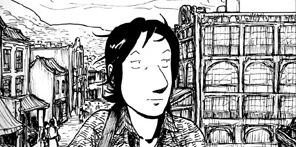

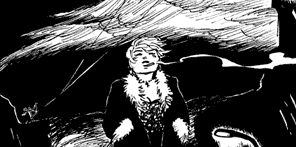

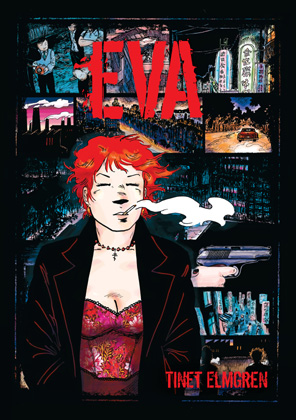
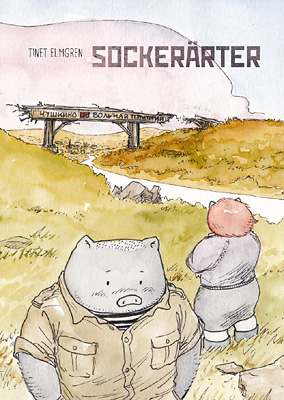
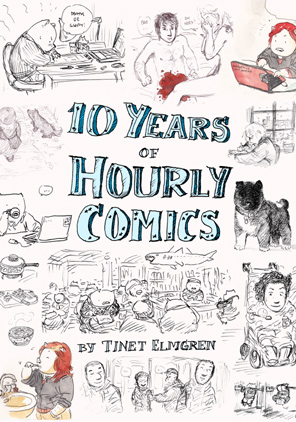
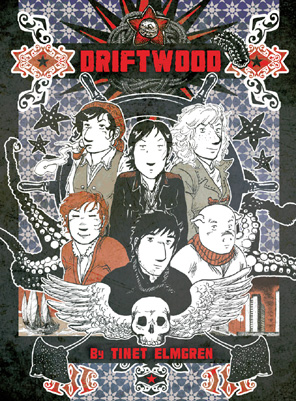
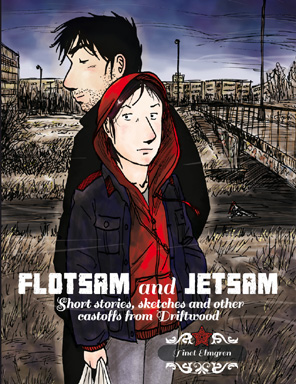
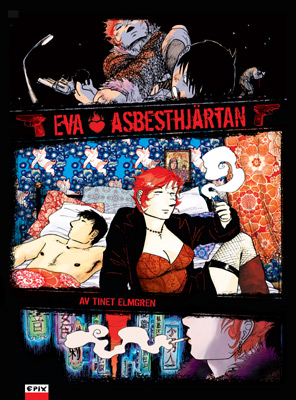
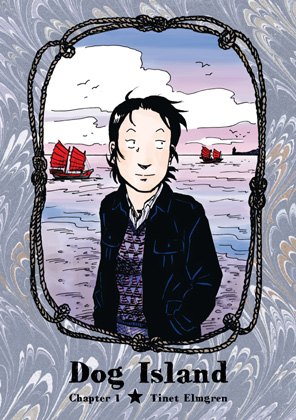
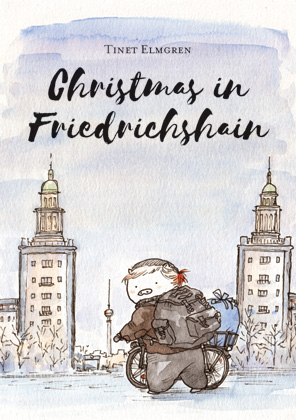
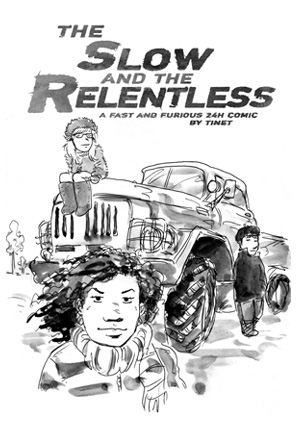
Jag gör hatten av för det inlägget, och bugar rent av en smula.
(Jag har för övrigt aldrig riktigt förstått varför att vara “borgerlig” skulle vara så himla ont i sig. Om frigörelse inte handlar om att slippa dömas utifrån grupptillhörighet och att få bedömas utifrån en själv som person, är det då verkligen “frigörelse” och inte “nytt sätt att begränsa”?)
Just i det här fallet syftar det kanske mer specifikt på de könsroller som kvinnor i borgarklassen traditionellt har tvingats in i – och vilka har framställts som ett ideal även för arbetarklassen.
Men ja, att framstå som “borgerlig” i allmänhet är väl annars mest något som salongsbolsjeviker kan tänkas oroa sig för … :o)
Hello there! I really agree with you! Here in the UK ordinary sewing, as in making clothes or practical things is really looked down on in the same way that many middle class women boast that they can’t cook – and are pleased about it. I teach on a BA Textiles course and have an MA in the subject, but came from a working class background where my mother sewed and made all our clothes. Actually she was middle class but my father was not, so she was limited in money. I learnt all my making skills from ground up – making my clothes from childhood – then went to art college. However, I have to say, most students and other tutors didn’t do this, they have no knowledge of making anything useful, just an art approach to the subject. I have discovered that if you incorporate any dressmaking skills into textile art, it is looked down upon, that pure art approach is the only acceptable one, not anythiing relating to actual usefulness or working class skills – which all textiles came from anyway orginally – very ironic it seems to me!
Hi Trisha! Thanks for your comment. 🙂
It really is quite interesting how textile artists these days seem to want to remove themselves so much from artisanship. I speculate if maybe it has something to with the perverse overabundance of “stuff” in consumer society. The individual item of clothing, or other useable item, doesn’t seem to have much value in itself, since there is already an ocean of stuff. So maybe textile art has to focus on the “art” part to have (perceived) value?
Also, maybe it has to do with the difference in rank (or class!) between the designer and the seamstresses? To me it’s the seamstresses, who take the designer’s ideas and make them real, who are the true stars of textile art and fashion design.